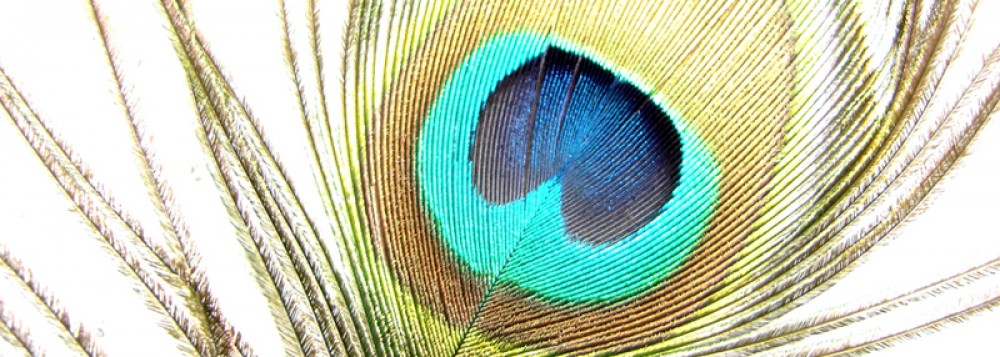Food is an integral part of every human culture. Chang notes that the importance of food in understanding human culture lies in its infinite variability – a variability that is not essential for species survival. For survival needs, people everywhere could eat the same and some simple food. But human cultures, over the ages, experiment, innovate and develop sophisticated cuisines. Cuisines become more than a source of nutrients, they reflect human knowledge, culture, art and expression of love.
Indian food is as diverse as India. Indian cuisines use numerous ingredients, deploy a wide range of food preparation styles, cooking techniques and culinary presentation. From salads to sauces, from vegetarian to meat, from spices to sensuous, from breads to desserts, Indian cuisine is invariably complex. Harold McGee, a favourite of many Michelin-starred chefs, writes “for sheer inventiveness with milk itself as the primary ingredient, no country on earth can match India.”
“I travel to India at least three to four times a year. It’s always inspirational. There is so much to learn from India because each and every state is a country by itself and each has its own cuisine. There are lots of things to learn about the different cuisines – it just amazes me. I keep my mind open and like to explore different places and pick up different influences as I go along. I don’t actually think that there is a single state in India that I haven’t visited. … Indian food is a cosmopolitan cuisine that has so many ingredients. I don’t think any cuisine in the world has got so many influences the way that Indian food has. It is a very rich cuisine and is very varied. Every region in the world has their own sense of how Indian food should be perceived. “
— Atul Kochhar, The first Indian to receive two Michelin stars
“… it takes me back to the first Christmas I can remember, when the grandmother I hadn’t yet met, who was Indian and lived in England, sent me a box. For me it still carries the taste of strangeness and confusion and wonder.”
— Harold McGee, author of On Food and Cooking
Some Indian desserts from hundreds of varieties. In certain parts of India, these are called mithai or sweets. Sugar and desserts have a long history in India: by about 500 BCE, people in India had developed the technology to produce sugar crystals. In the local language, these crystals were called khanda (खण्ड), which is the source of the word candy.
According to Sanjeev Kapoor, a member of Singapore Airlines’ International Culinary Panel, Indian food has long been an expression of world cuisine. Kapoor claims, “if you looked back in India’s history and study the food that our ancestors ate, you will notice how much attention was paid to the planning and cooking of a meal. Great thought was given to the texture and taste of each dish.” One such historical record is Mānasollāsa, (Sanskrit: मानसोल्लास, The Delight of Mind), written in the 12th century. The book describes the need to change cuisine and food with seasons, various methods of cooking, the best blend of flavours, the feel of various foods, planning and style of dining amongst other things.
India is known for its love for food and spices. Indian cuisine varies from region to region, reflecting the local produce, cultural diversity, and varied demographics of the country. Generally, Indian cuisine can be split into five categories – northern, southern, eastern, western, and north-eastern. The diversity of Indian cuisine is characterised by differing use of many spices and herbs, a wide assortment of recipes and cooking techniques. Though a significant portion of Indian food is vegetarian, many traditional Indian dishes also include chicken, goat, beef, buffalo, lamb, fish, and other meats. Fish-based cuisines are common in eastern states of India, particularly West Bengal.
Despite this diversity, some unifying threads emerge. Varied uses of spices are an integral part of certain food preparations, and are used to enhance the flavour of a dish and create unique flavours and aromas. Cuisine across India has also been influenced by various cultural groups that entered India throughout history, such as the Persians, Mughals, and European colonists.
Indian cuisine is one of the most popular cuisines across the globe. In most Indian restaurants outside India, the menu does not do justice to the enormous variety of Indian cuisine available – the most common cuisine served on the menu would be Punjabi cuisine (chicken tikka masala is a very popular dish in the United Kingdom). There do exist some restaurants serving cuisines from other regions of India, although these are few and far between. Historically, Indian spices and herbs were one of the most sought after trade commodities. The spice trade between India and Europe led to the rise and dominance of Arab traders to such an extent that European explorers, such as Vasco da Gama and Christopher Columbus, set out to find new trade routes with India leading to the Age of Discovery. The popularity of curry, which originated in India, across Asia has often led to the dish being labeled as the “pan-Asian” dish.
Regional Indian cuisine continues to evolve. A fusion of East Asian and Western cooking methods with traditional cuisines, along with regional adaptations of fast food are prominent in major Indian cities.
